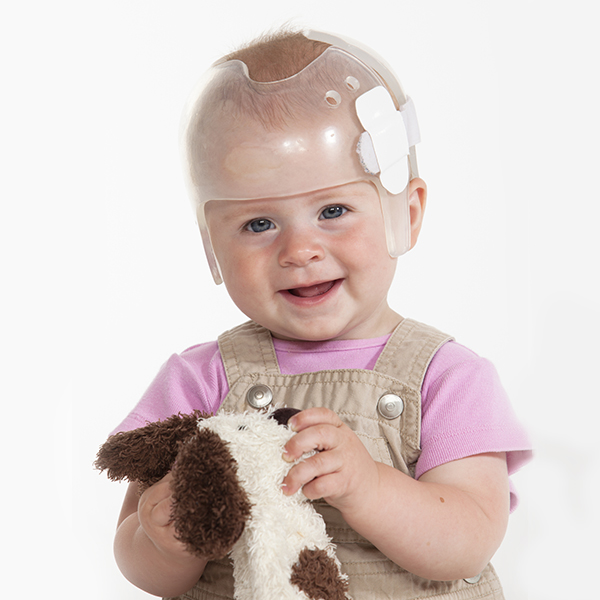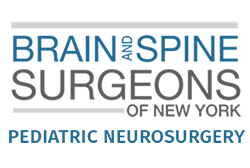Craniosynostosis


A newborn baby’s skull is made up of seven separate bones that haven’t yet fused together. Normally, fusion happens gradually and isn’t completely fused until the late teen years. However, craniosynostosis is a birth defect where two or more of those bones close prematurely before the baby’s brain is fully formed.
A baby’s brain grows quickly over the first two years of life, so it’s important that the bones remain open. So as the brain growth continues, the heads of infants with craniosynostosis take on a misshapen appearance. Left untreated, the condition can interfere with normal growth of the brain and skull.
The signs of craniosynostosis are typically noticeable at birth, but they’ll become more apparent during the first few months of a baby’s life.
Treatment of craniosynostosis almost always involves surgery to correct the shape of the head and allow for normal brain growth. Surgical treatment allows your baby’s brain adequate space to grow and develop.
Genetic syndromes associated with craniosynostosis are:
Common Genetic Syndromes
Antley-Bixler Syndrome
Antley-Bixler Syndrome is a rare genetic craniosynostosis disorder that is often characterized by a prominent forehead, underdeveloped mid-facial regions, protruding eyes, and low-set ears. Additional skeletal abnormalities are usually present as well, including fusion of certain bones of the arms; long, thin fingers and toes; bowing of the thigh bones; and permanently flexed or extended arms and/or legs.
Apert Syndrome
Apert Syndrome is a congenital condition that causes an abnormal growth of several bones, primarily in the skull and mid-face (area of the face from the middle of the eye socket to the upper jaw). From an outward appearance, the mid-face appears sunken, with the eyes bulging out and the eyelids tilting downward. Children with Apert Syndrome may also have syndactyly where fingers and toes are joined together, as well as a cleft palate and/or deafness
Crouzon Syndrome
Crouzon Syndrome is the most common craniosynostosis syndrome. Because the premature fusion prevents the skull from normal growth, this, in turn, affects the shape of the head and the infant’s face. Facial characteristics of a child with Crouzon Syndrome include:
– Cleft lip and palate
– Wide-set, bulging eyes
– Beaked nose
– Underdeveloped jaw
Muenke Syndrome
Children with Muenke Syndrome have craniosynostosis along the coronal suture, the growth line that goes over the head from ear to ear. This can result in an abnormally shaped head, wide-set eyes, and flattened cheekbones. About five percent of children may also have an enlarged head.
Pfeiffer Syndrome
Characteristics of children with Pfeiffer Syndrome include:
– A misshapen skull
– Disappearance of the fontanel on your baby’s skull
– Development of a raised, hard ridge along affected sutures (where the bones fuse together)
– Slow or no growth of the head as your baby grows
Saethre-Chotzen Syndrome
A child with Saethre-Chotzen Syndrome is typically characterized by:
– An abnormally shaped head
– High forehead and low frontal hairline
– Drooping eyelids and downward-slanting eyes
– Unevenly positioned, crossed, or wide-set eyes
– Cleft palate with high arch
– Facial asymmetry
– Small, unusually shaped ears
